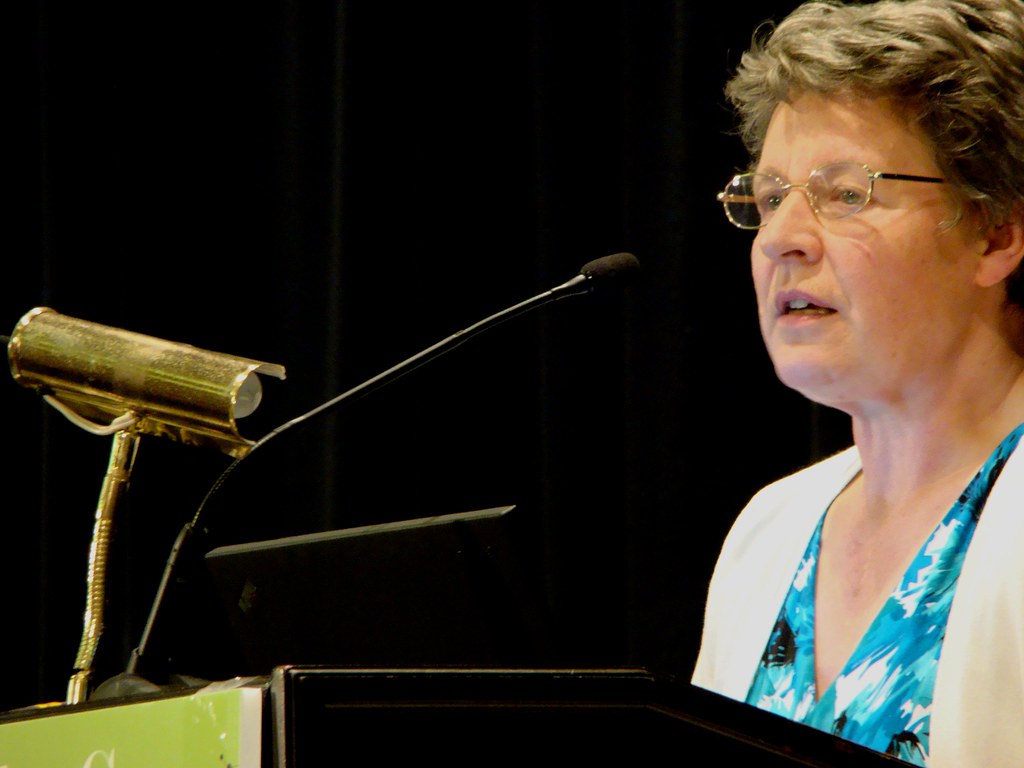
The annals of science are replete with tales of discovery and triumph, celebrating names like Einstein and Newton. Yet, beneath this familiar surface lies a disquieting truth: for every recognized male genius, countless brilliant women have innovated, only to have their names and work obscured by history.
For centuries, science was largely a male domain, with institutional barriers and prejudices actively discouraging women. Even when they broke through, their achievements were often dismissed or appropriated. This article journeys to reclaim these narratives, spotlighting 14 extraordinary female scientists who, facing immense challenges, made indispensable contributions. Join us as we explore the remarkable stories of these unsung heroes, beginning with seven pioneers whose brilliance illuminates overlooked scientific corners.
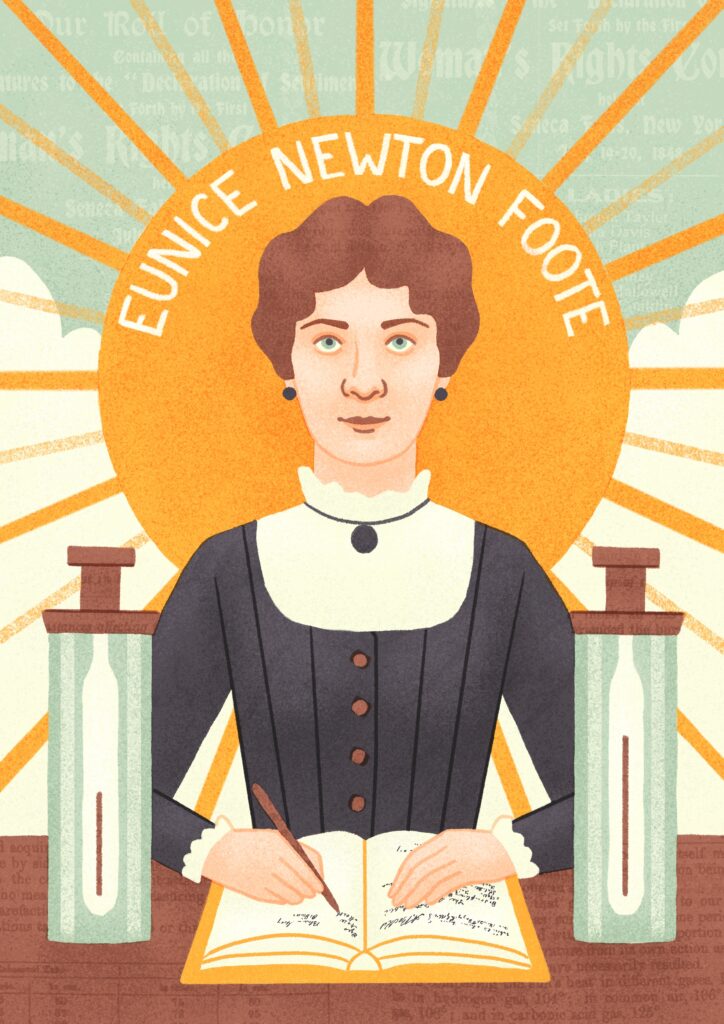
1. **Eunice Foote: The Uncredited Pioneer of Climate Science**
In the mid-19th century, a crucial scientific discovery forming the bedrock of climate change understanding was made. This insight into the “greenhouse effect”—where gases trap heat—is often credited to John Tyndall. However, the true architect of this theory and its experimental demonstration was American scientist and women’s rights activist, Eunice Foote.
Foote’s groundbreaking work in the 1850s involved meticulously filling glass cylinders with different gases, exposing them to sunlight, and measuring temperature changes. Her findings were clear: the sun’s rays grew warmer passing through moist air, and warmest through carbon dioxide. This was a direct, empirical demonstration of the greenhouse effect, revealing a fundamental atmospheric process.
Her astonishing discoveries were published in the American Journal of Science in 1857, predating Tyndall’s similar publications by three years. Despite clear priority, Foote’s findings were largely overlooked, a testament to pervasive gender bias. She wasn’t even permitted to present her own findings at a scientific conference. Today, climate scientists strive to give Eunice Foote the recognition she rightfully deserves.
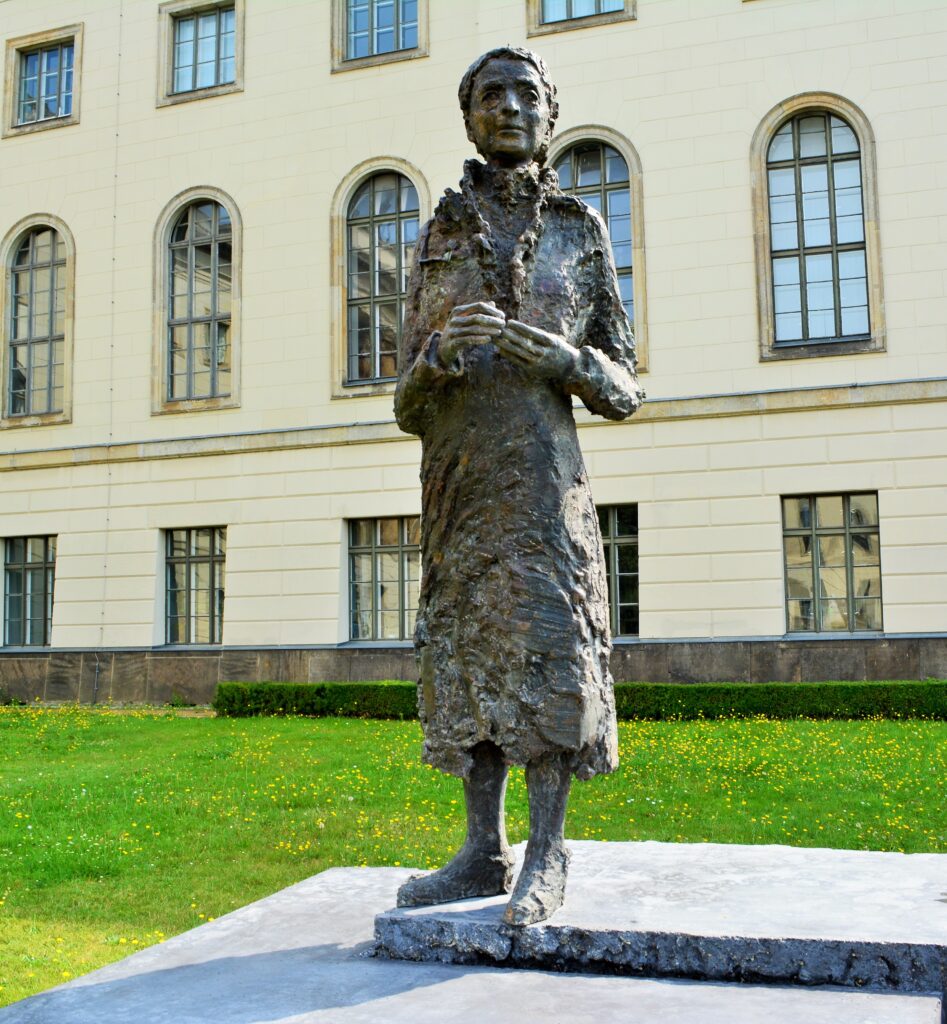
2. **Lise Meitner: The Physicist Who Unlocked Nuclear Fission**
Lise Meitner, an Austrian-Swedish physicist, remains one of the most unjustly overlooked figures in 20th-century science. Her brilliance earned her the moniker “the German Marie Curie” from Albert Einstein himself. Meitner became Germany’s first female physics professor, a remarkable feat amidst discrimination. However, her career in Berlin was tragically cut short, as persecution forced her, a Jewish woman, to flee in 1938, abandoning her research.
In forced exile in Stockholm, Meitner collaborated with colleagues Otto Hahn and Fritz Strassmann, who continued her initial work of bombarding uranium atoms. When Hahn and Strassmann obtained puzzling experimental results, they sought Meitner’s insight. It was Lise Meitner, with her nephew Otto Frisch, who provided the definitive theoretical explanation, naming the process: nuclear fission, the splitting of atoms, a concept that would forever change physics.
This discovery fundamentally altered nuclear physics, laying groundwork for the atomic bomb and nuclear reactors. Yet, despite her pivotal role, Meitner was systematically excluded from recognition. Otto Hahn was awarded a Nobel Prize in 1945, with Meitner conspicuously absent. Nominated an astonishing 48 times, she never won. Only in 1966 did she receive some official recognition, awarded the US Enrico Fermi Award alongside Hahn and Strassmann.

3. **Alice Ball: Revolutionizing Leprosy Treatment at a Young Age**
Hansen’s Disease, or leprosy, has inflicted immense suffering and stigma for millennia. For much of history, treatment meant cruel isolation. Chaulmoogra tree oil, a traditional medicine, alleviated symptoms but couldn’t be injected due to its immiscibility with blood, severely limiting its use. This challenge demanded a new approach.
Enter Alice Ball, an African American chemist whose brilliance, though tragically short-lived, led to a monumental breakthrough in 1916. At just 23, Ball was the first woman and first Black chemistry professor at the University of Hawaii. Her focus turned to chaulmoogra oil, and in less than a year, she successfully synthesized an injectable, absorbable form. This innovation made it the first effective injectable treatment for leprosy.
However, Ball’s story, like many others, is marred by injustice. Months after her discovery, she passed away at 24 from a lab accident. Her department head, Arthur Dean, published Ball’s chemical process under his own name, “Dean’s method.” Fortunately, a colleague intervened, ensuring the method was rightfully renamed “Ball’s method,” preserving her legacy from theft.
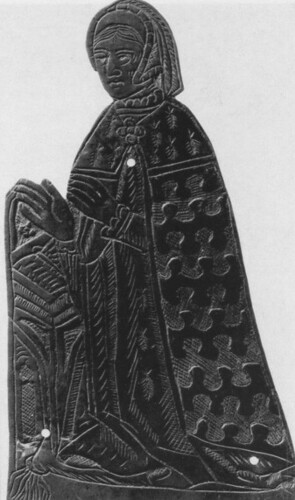
4. **Bessie Blount: A Renaissance Inventor for Veterans**
Bessie Blount, an American nurse, inventor, and handwriting expert, exemplified remarkable intellect and commitment. Her journey began with defiance: reprimanded as a child for being left-handed, she learned to write proficiently with both hands, her mouth, and her toes. This extraordinary adaptability became a hallmark of her career as an accredited physiotherapist and nurse.
After World War II, Blount utilized her unique skills to aid young amputees. Faced with daily challenges, she dedicated herself to innovative solutions. Her most notable invention was a self-feeding apparatus for amputees, granting greater independence. This device marked a significant step forward in assistive technology, providing practical relief and dignity for those with disabilities.
Despite the invention’s humanitarian value, Blount faced considerable hurdles. She struggled to gain necessary backing in America even after appearing on “The Big Idea” TV show in 1953. Selflessly, she donated the patent to the French government, ensuring free access. Some of her health-oriented devices, like the vomit basin, are still used in hospitals.
Her versatility extended to forensic science. At 55, she became the first Black woman to train with Scotland Yard as a handwriting expert, building a career in forgery detection. Later, she consulted for museums, authenticating antebellum letters—a true testament to her multifaceted genius.
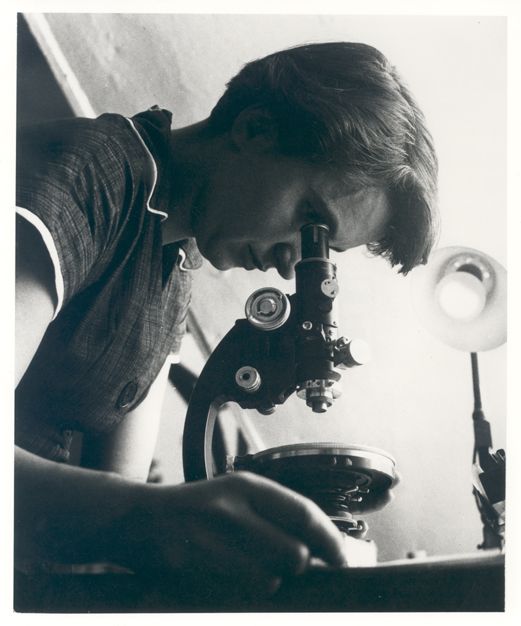
5. **Rosalind Franklin: The Unsung Architect of DNA’s Double Helix**
Rosalind Franklin, a brilliant British chemist, remains regrettably less prominent in science history despite her pivotal role in one of the 20th century’s most profound discoveries. While James Watson and Francis Crick are credited with DNA’s double helix structure, it was Franklin who, in 1952, captured the definitive X-ray diffraction image, “Photo 51,” unequivocally revealing DNA’s helical form.
Taking Photo 51 was a monumental technical challenge, requiring immense skill. Franklin’s contribution extended beyond just capturing the image; she spent another year meticulously interpreting and describing the intricate double helix structure. Her rigorous analysis and deduction provided the foundational insights into DNA’s architectural elegance, proving crucial for its understanding.
The controversy stems from Watson and Crick, working simultaneously, reportedly gaining access to Photo 51 without Franklin’s explicit permission—”possibly by sneaking a peek.” Armed with her critical evidence, they swiftly synthesized their model and published concurrently with Franklin’s detailed analysis. The journal’s unfortunate sequencing made it seem her work merely supported theirs, not that it was a foundational discovery.
Tragically, Franklin died of cancer in 1958, aged 37, just four years before Watson, Crick, and Maurice Wilkins received the Nobel Prize. She never fully knew the extent of her contribution or the circumstances. Beyond DNA, Franklin significantly unraveled coal’s structure and porosity, aiding WWII gas mask development, and her RNA and virus work was crucial for Aaron Klug’s Nobel Prize.
Read more about: Visionary Minds: A Journey Through the Monumental Discoveries of History’s Greatest Scientists
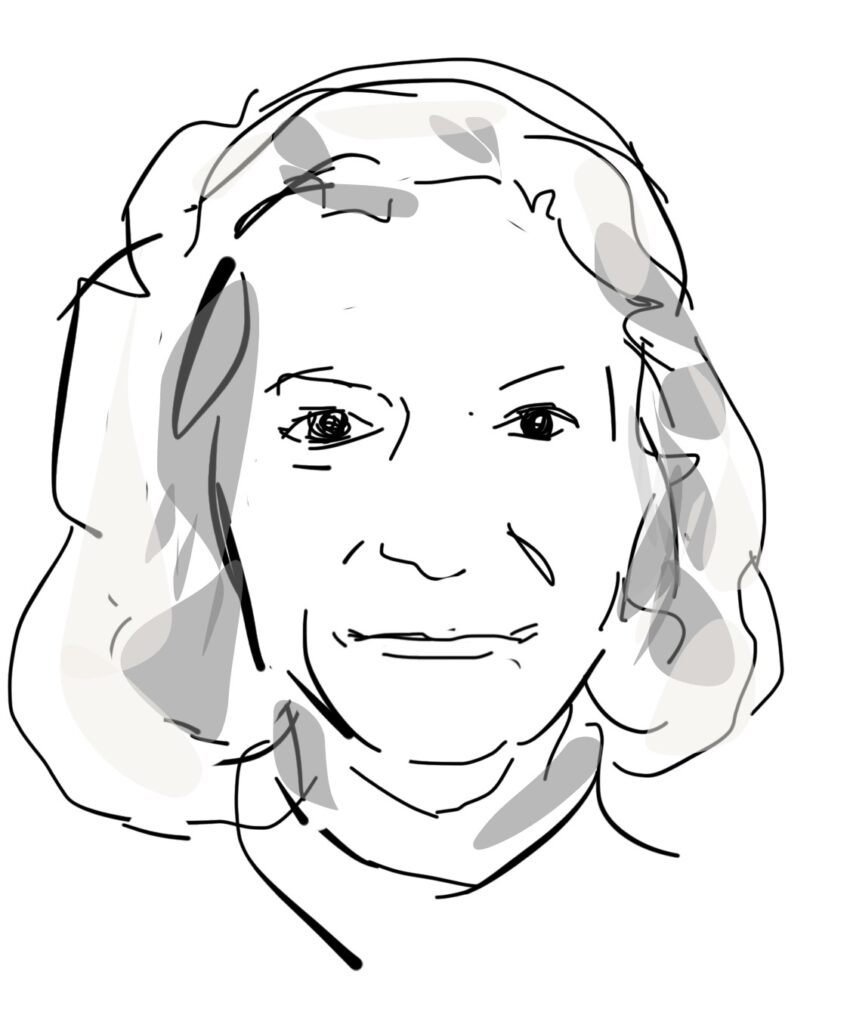
6. **Marthe Gautier: The True Discoverer of Down Syndrome’s Chromosomal Cause**
Marthe Gautier, a French pediatrician and geneticist, exemplifies a female scientist whose pivotal contributions were overshadowed. While initially passionate about pediatrics, her genetic work would profoundly change our understanding of a common developmental condition. In the 1950s, it was speculated that individuals with Down Syndrome might have an anomalous number of chromosomes, but conclusive proof was lacking.
It was Marthe Gautier who provided that crucial evidence. Through meticulous laboratory work, she rigorously proved that individuals with Down Syndrome indeed had 47 chromosomes, not the typical 46. This discovery, identifying an extra chromosome 21, was revolutionary, transforming Down Syndrome from a mystery into a condition with a clear genetic basis, aiding understanding and support.
However, recognition for Gautier was unfortunately fraught with ism. When her groundbreaking research was published, she was relegated to a secondary author position, and her name was even misspelled. This misattribution represents a profound historical injustice, underscoring systemic challenges women faced. Efforts continue to bring Marthe Gautier’s name to the forefront of this monumental discovery.
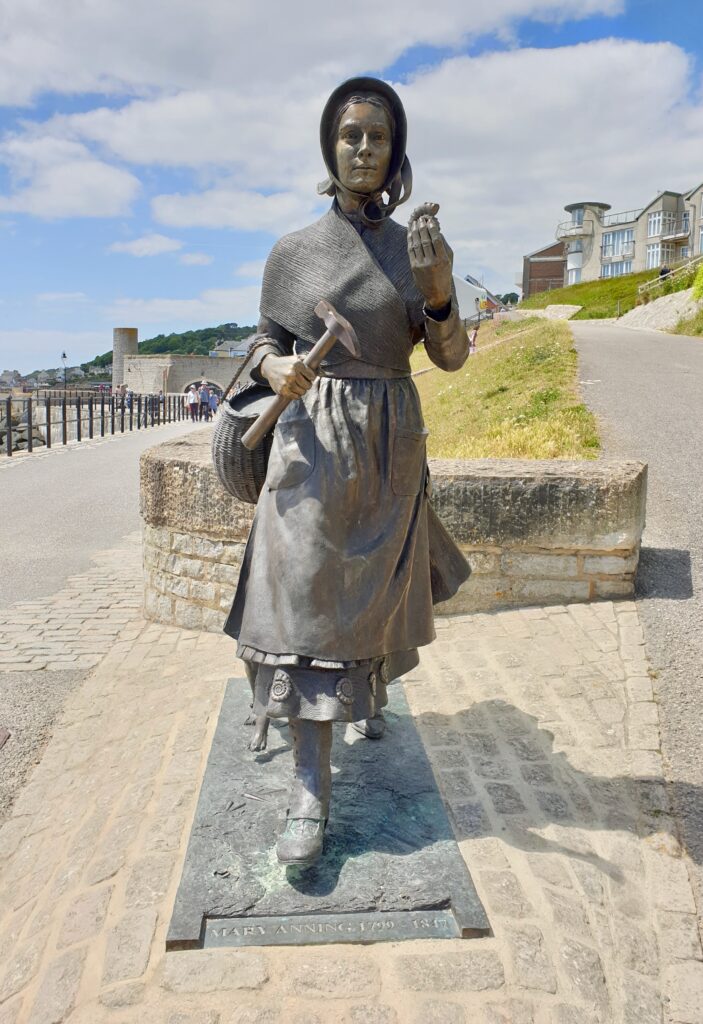
7. **Mary Anning: The Unconventional Fossil Hunter Who Shaped Paleontology**
The image of a child hunting fossils is romantic, but for Mary Anning, it became a lifelong, arduous, and profoundly impactful scientific endeavor. Born into a poor family in late 18th-century England, Anning, through sheer determination and innate skill, fundamentally shaped early paleontology. Her discoveries were not just interesting finds; they were paradigm-shifting revelations.
Anning’s extraordinary talent for uncovering prehistoric remains manifested early. At just 12, she made her first major discovery: a complete Ichthyosaurus skeleton. Her subsequent finds included the first complete Plesiosaurus, pterosaurs, and significant contributions to coprolite study. Her ability to locate, excavate, and reconstruct these ancient wonders from treacherous cliffs was unparalleled.
Despite the immense scientific value and her expertise, Mary Anning faced constant financial struggles. Her gender and social class excluded her from formal scientific institutions; she was never allowed to join the Geological Society of London. Her contributions were often minimized or appropriated by male scientists, who published on her finds with little credit. Only recently has Mary Anning begun to receive the widespread recognition she deserves.
Continuing our journey through the often-obscured corridors of scientific history, we now turn our attention to seven more extraordinary women whose innovative methodologies and groundbreaking findings pushed the boundaries of diverse fields. From unraveling the mysteries of genetics to charting the cosmos and laying the groundwork for modern computing, these unsung geniuses persistently struggled for acknowledgment, yet their dedication irrevocably reshaped our comprehension of the universe, life, and technology.
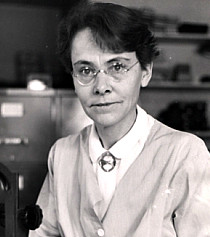
8. **Barbara McClintock: The Groundbreaking Geneticist Who Saw Jumping Genes**
Barbara McClintock, a truly visionary scientist, embarked on her pioneering work in genetics while immersed in the study of corn, or maize, at Cornell University. Her early fascination with the intricate mechanisms of heredity led her down a path less traveled, one that would ultimately redefine our understanding of genetic inheritance.
Her most profound discovery was the concept of ‘jumping genes,’ or transposons. McClintock meticulously demonstrated that, beyond mere mutation, chromosomes possessed the remarkable ability to change positions or ‘jump’ within the genome. This revelation was revolutionary, challenging the prevailing static view of the genome and hinting at a much more dynamic and fluid genetic landscape.
In stark contrast to many other brilliant women whose stories populate this historical account, McClintock’s genius was not left unacknowledged. Her profound contributions to genetics were recognized with the Nobel Prize in Physiology or Medicine in 1983. This overdue recognition illuminated her meticulous research and solidified her legacy as one of the most significant figures in the history of genetic science.
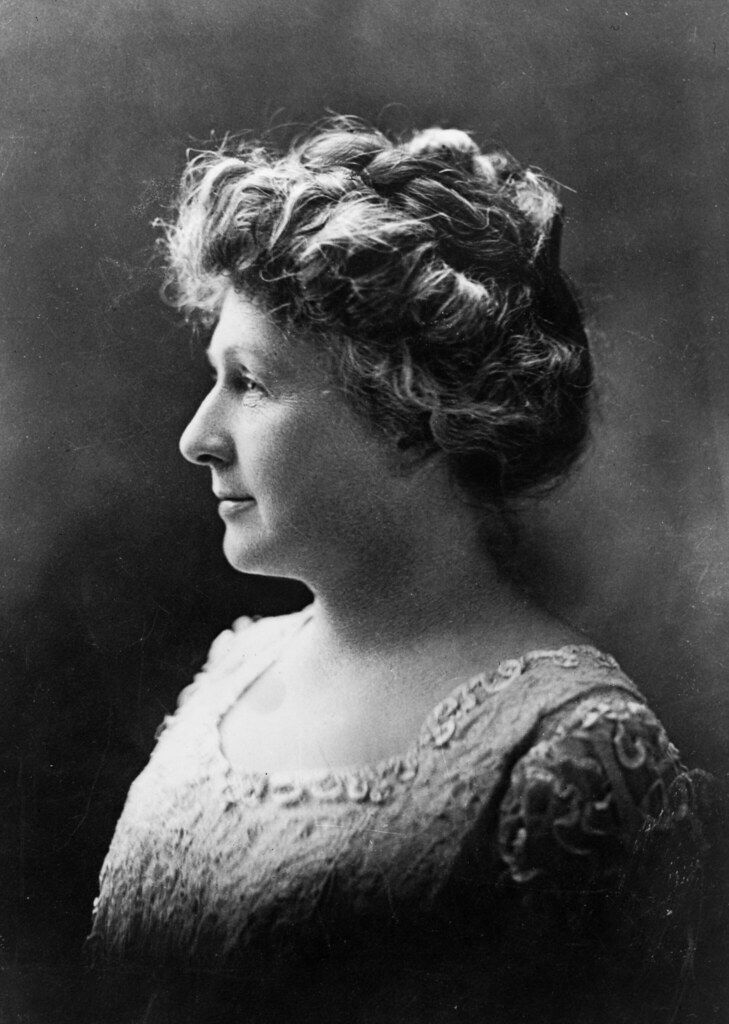
9. **Annie Jump Cannon: The Celestial Classifier Who Revolutionized Stargazing**
In an era when the term ‘computers’ predominantly referred to women diligently processing vast amounts of mathematical data, Annie Jump Cannon embarked on a remarkable career that would fundamentally transform humanity’s perception of the stars. Her work at the Harvard College Observatory was not merely about cataloging; it was about bringing order and understanding to the bewildering complexity of the night sky.
Cannon’s most enduring legacy is the creation of the Harvard Classification Scheme, an ingenious system for categorizing stars based on their spectral characteristics. This interstellar census provided astronomers with a standardized language to discuss and research celestial bodies, vastly accelerating the pace of astronomical discovery and laying foundational work for subsequent stellar evolution theories.
Her observational prowess was legendary; Cannon possessed an almost superhuman ability to classify three stars per minute, using nothing more than a magnifying glass. Over the course of her extraordinary lifetime, she meticulously cataloged an astounding 350,000 stars, a feat that remains a world record and a testament to her unparalleled dedication and keen eye. Her contribution truly opened the universe to systematic study.

10. **Gerty Cori: Unraveling the Body’s Energy Blueprint**
Gerty Cori, alongside her husband Carl, delved deep into the intricate biochemical processes that fuel life, proposing a groundbreaking cycle that elucidated how the human body metabolizes carbohydrates. Their collaborative research meticulously charted the chemical reactions by which carbohydrates are transformed into lactic acid, a fundamental pathway in cellular energy production that remains crucial to our understanding of metabolism.
Despite the undeniable scientific synergy between Gerty and Carl, their professional collaboration was not without its challenges. The academic environment of their time often formally discouraged such partnerships, especially when they involved a female scientist. Gerty Cori faced subtle, and sometimes overt, biases from other academics who questioned the validity or appropriateness of her working so closely with her husband.
However, the magnitude of her contributions could not be suppressed. In 1947, Gerty Cori shattered a significant barrier, becoming the first female Laureate in medicine. Her recognition with the Nobel Prize in Physiology or Medicine not only celebrated her profound scientific insights but also paved the way, however incrementally, for future generations of women in medical research, demonstrating that intellectual brilliance transcends gender.
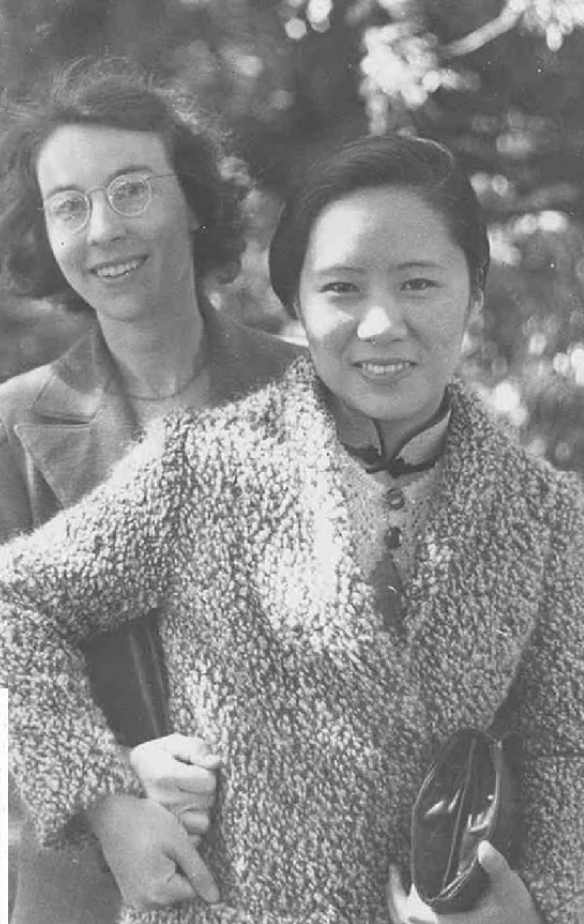
11. **Chien-Shiung Wu: The Queen of Nuclear Research Who Challenged Fundamental Laws**
Chien-Shiung Wu, an extraordinary physicist, stands as a towering figure in the annals of science, distinguished not only as the sole Chinese person involved in the top-secret Manhattan Project but also affectionately known as the ‘Queen of Nuclear Research.’ Her intellect and experimental skill were so immense that they bordered on the revolutionary, compelling the scientific community to reconsider some of its most cherished principles.
While serving as a professor at Columbia University, Wu orchestrated a series of meticulously designed experiments that turned the established laws of nature on their head. She definitively disproved the long-held law of conservation of parity, a principle that stated that physical processes behave identically regardless of whether they are viewed directly or in a mirror. Her groundbreaking findings sent shockwaves through the physics community, requiring a fundamental re-evaluation of weak nuclear force interactions.
Wu’s contributions extended beyond the laboratory; she was a trailblazer in academic leadership as well. Her election as the first female president of the American Physical Society underscored her immense standing and influence within her field, marking a significant milestone for women in physics and showcasing her enduring impact on both scientific discovery and institutional reform.
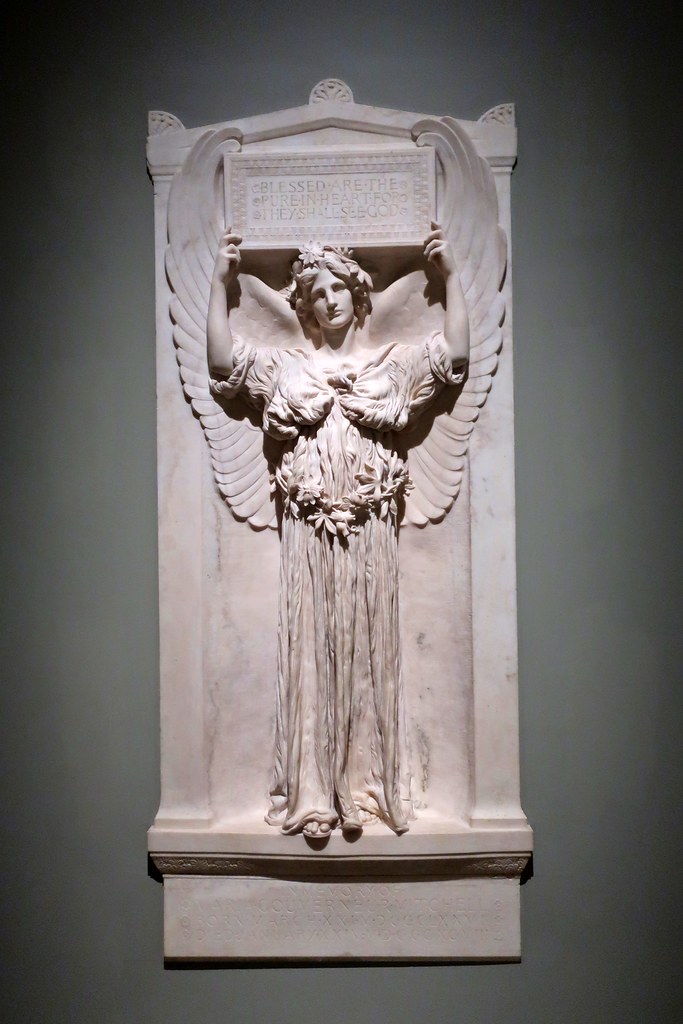
12. **Maria Mitchell: The Comet Hunter Who Opened the Cosmos to Women**
Maria Mitchell’s journey into the celestial realm was spurred by a tantalizing challenge: the King of Denmark’s offer of an award to the first person to discover a new comet. Fueled by a quiet determination and a profound love for astronomy, Mitchell meticulously scanned the night skies, a pursuit that ultimately culminated in her triumphantly discovering comet C/1847 T1, forever immortalized as Miss Mitchell’s Comet, making her only the third woman in history to achieve such a feat.
Her success was not merely a personal victory but a historic milestone; Maria Mitchell became the first woman to hold a professional astronomer position in the United States. This remarkable achievement was fostered, in part, by her Quaker parents, who were ahead of their time in encouraging her education and intellectual pursuits, ensuring she received the same opportunities as the boys in her family.
Mitchell’s dedication to education and equality extended far beyond her personal career. She became a fervent advocate for the advancement of women, particularly in the fields of mathematics and science, and was deeply involved in the suffrage and anti-slavery movements. At just 12, she had already assisted her father in calculating a solar eclipse, demonstrating her prodigious talent early on. In 1835, she opened her own school, further cementing her commitment to fostering learning. Her election as the first woman Fellow of the American Academy of Arts and Sciences and the gold medal from King Christian VIII of Denmark are testaments to a life dedicated to discovery and progress, opening doors for countless future astronomers.
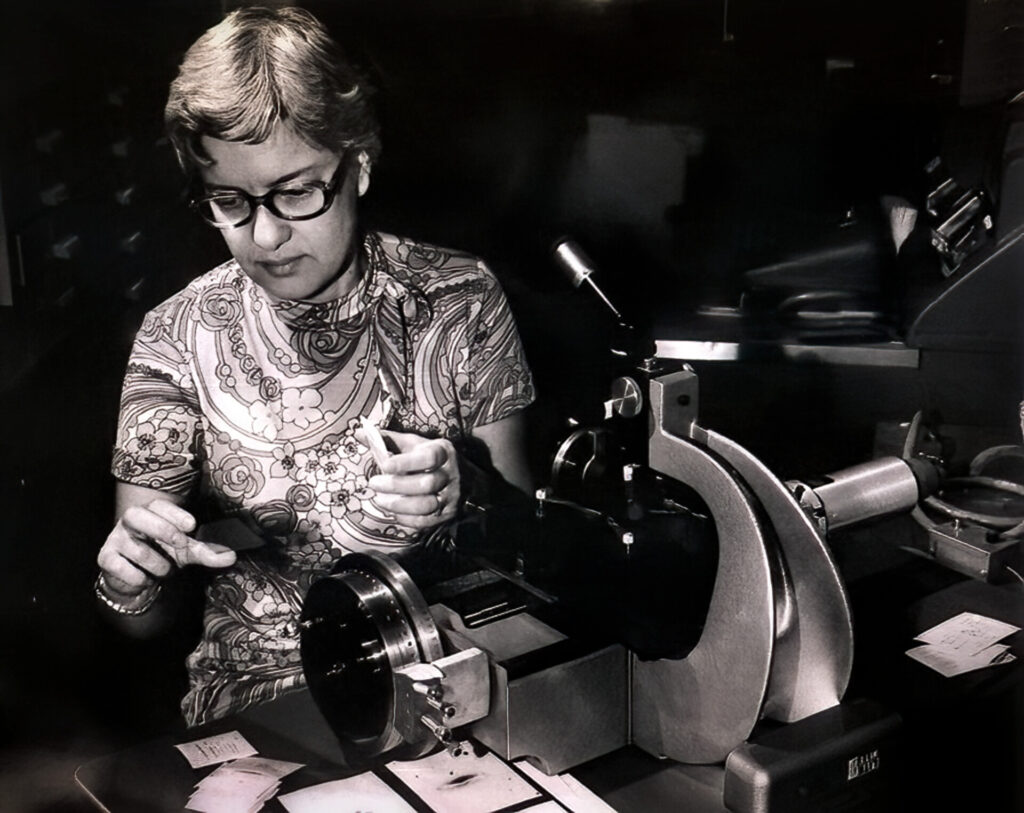
13. **Vera Rubin: Illuminating the Invisible Universe of Dark Matter**V
Vera Rubin, deeply inspired by the pioneering spirit of Maria Mitchell, pursued her passion for the stars against considerable odds. She emerged as the sole astronomy graduate in her class, a stark reminder of the challenges women faced in higher scientific education during her time. Yet, her singularity only underscored the depth of her commitment to unlocking the universe’s secrets.
Rubin’s pivotal research centered on the enigmatic movement of galaxies. Through painstaking observation and meticulous analysis, she uncovered discrepancies between the predicted gravitational forces within galaxies and the visible matter they contained. These observations suggested that there was far more mass present than could be accounted for by stars and gas alone.
Her groundbreaking work eventually led to one of the most profound discoveries in modern cosmology: the existence of dark matter. This invisible, mysterious substance is now estimated to constitute approximately 85% of the universe’s mass. Thanks to Vera Rubin’s relentless inquiry and intellectual courage, we have begun to shed some light on the vast, unseen components that govern our cosmos.

14. **Jocelyn Bell Burnell: Capturing the Cosmic Beacons of Pulsars**
Jocelyn Bell Burnell’s name is indelibly linked with one of the most thrilling discoveries in astrophysics, made while she was completing her PhD at Cambridge. It was during this period of intense research that she detected unusual radio signals emanating from space – signals that would ultimately be identified as the first radio pulsars, a monumental revelation that reshaped our understanding of stellar remnants.
Pulsars, as Bell Burnell’s work revealed, are rapidly rotating neutron stars, the incredibly dense husks of dead stars that emit beams of electromagnetic radiation. These cosmic beacons, often likened to celestial lighthouses, sweep across the Earth as they spin, producing the rhythmic pulses that Bell Burnell first observed. Her discovery not only confirmed theoretical predictions but opened an entirely new window into the extreme physics of the universe.
Although her male supervisor initially received the Nobel Prize for this discovery, Bell Burnell’s critical role has since gained rightful recognition. In 2018, she was awarded the Special Breakthrough Prize in Fundamental Physics, an honor that acknowledged her singular contribution. Demonstrating her unwavering commitment to equity in science, she generously used the $3 million prize money to establish a fund designed to support research scientists from underrepresented groups, including minorities, women, and refugees, ensuring that future generations of diverse talent have the opportunity to make their own groundbreaking discoveries.
As we close this chapter on these extraordinary women, it becomes abundantly clear that the tapestry of scientific progress is far richer and more complex than traditionally acknowledged. Their stories are not just tales of individual genius but powerful reminders of the persistent barriers women have faced—and continue to overcome—in the pursuit of knowledge. Each discovery, each breakthrough, was a testament to their unwavering dedication, keen intellect, and often, sheer resilience in the face of skepticism and systemic bias. Reclaiming these narratives is not merely an act of historical correction; it is an essential step towards inspiring a more inclusive future where the brilliance of every mind, regardless of gender or background, is recognized, celebrated, and allowed to flourish for the betterment of all humanity.



